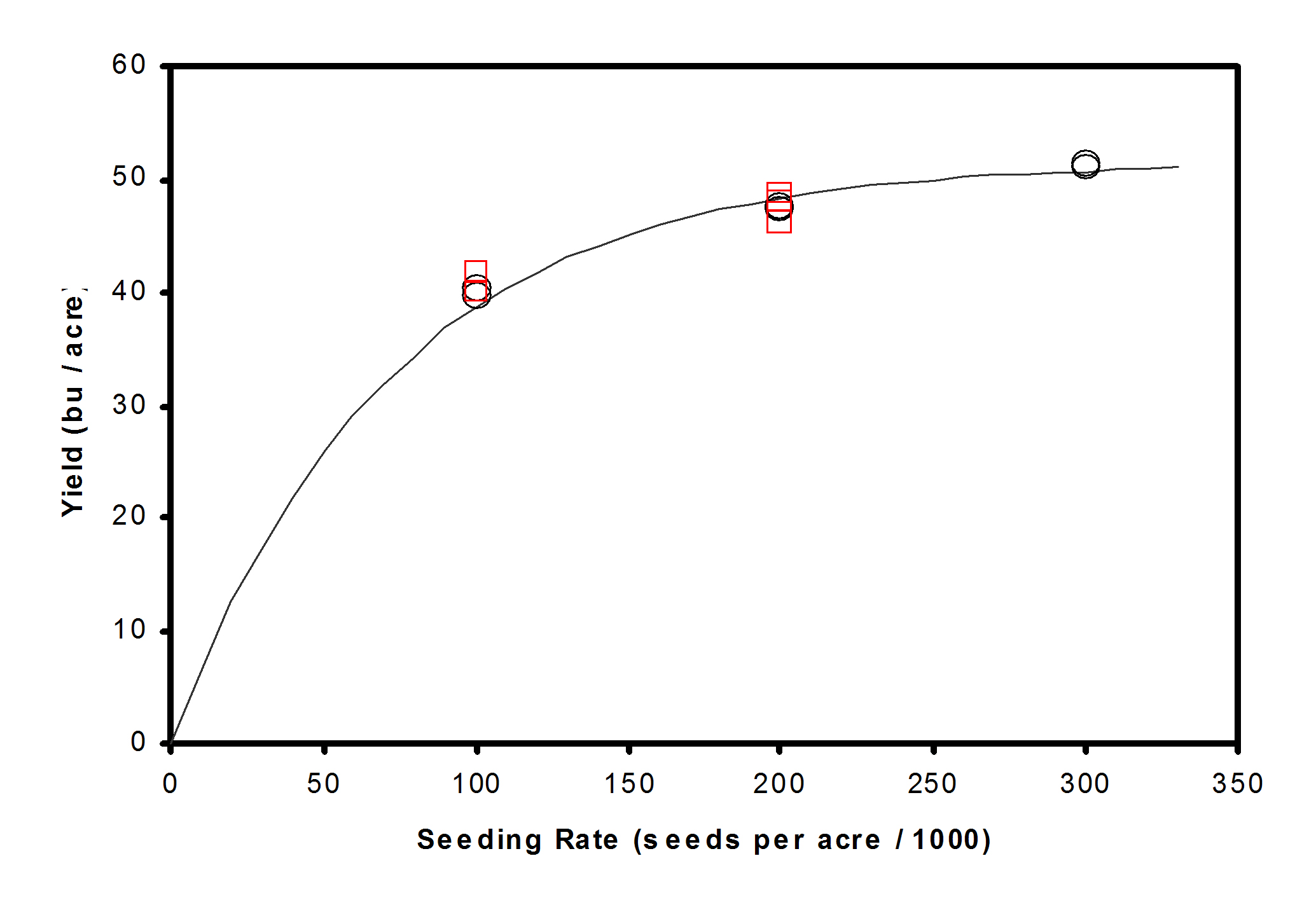Precision Seeding
FINDING THE RIGHT IMPLEMENT, THE IDEAL RATE AND A GOOD TREATMENT TO MAXIMIZE SOYBEAN YIELD
although traditional seed drills do a poor job of distributing seed evenly, it has been widely accepted that this has little impact on yield because soybeans are very adaptive. However, recent research shows that the clumping of seed, large gaps within the row, and uneven emergence caused by drills can lead to lower yields.
Ontario trials conducted in 2008 and 2009 demonstrate that a plant stand advantage of up to eight percent and a yield advantage of about two bushels can be found when planting with a planter, as opposed to seeding with a drill, in 15 inch rows. It’s believed that this difference is the result of the precise seed metering and better depth control obtained with a planter.
There was also an advantage found when comparing the planter with 15 inch rows and a 7.5 inch drill. At harvest, the 15 inch planter yielded 1.3 bushels per acre more than the 7.5 inch drill.
seeding rate and seed treatments
In addition to using the right equipment, farmers need to be using the ideal seeding rate in order to get the most profit from their crop. As seed costs continue to increase, using the right seeding rate becomes far more important.
These same trials examined whether seeding rates could be decreased when using Cruiser Max seed treatment. During the 2009 season, seed treated with Cruiser Maxx had a stand advantage of 5.6 percent. This difference in plant stand is evidence that a reduction in seeding rate may be possible when using Cruiser Maxx. At these sites no statistical yield difference between the treated and untreated seed was found. Apparently, the stand differences were too small to make an impact on yield. It should be noted that there were no noticeable insects present at these sites. Other Ontario research over the last five years has shown a yield advantage of about two bushels per acre when using Cruiser Maxx over untreated seed.
FIGURE 1: SOYBEAN YIELD RESPONSES TO SEEDING RATE IN 2008 AND 2009*

*BLACK CIRCLES REPRESENT YIELDS FROM 7.5 INCH ROWS AND RED SQUARES REPRESENT YIELDS FROM 15 INCH PLANTED ROWS. mANY OF THE TREATMENTS AT THE SAME SEEDING RATE HAD ESSENTIALLY THE SAMEYIELD SO POINTS ON THE GRAPH ARE DIFFICULT TO DISTINGUISH FROM ONE ANOTHER.
Another interesting finding of this research was the difference between treated and untreated plant stands through the season. No significant difference in plant establishment was found during the first stand count taken 30 days after planting. However, a difference in stand was found at the pre-harvest count indicating that plant stand protection from Cruiser Maxx was provided past 30 days after seeding.
seeding rate and yield
The impact of seeding rate was highly significant on yield in both years studied. Higher seeding rates result in higher yields. Assuming a seed cost of $45 per unit, 2,800 seeds per pound, a yield of 40 bushels per acre and a selling price of $10 per bushel, the most economical seeding rate for 7.5 inch rows would have been 205,078 seeds per acre (See Figure 1). These results are in line with previous work conducted in Ontario in 2007 which showed the most economical seeding rate for 7.5 inch rows on average was 195,000 seeds per acre.
For 15 inch rows seeded with a drill it was 177,000 seeds per acre and for 15 inch rows seeded with a planter it was 168,000 seeds per acre. More research will be conducted over the next few years to determine what impact earlier planting and equipment will have on seed rate requirements.
The results from these trials are clear:
- Yield improvements of about two bushels per acre were observed when using a planter unit in 15 inch rows over a drill in 15 inch rows. The 15 inch planter yielded 1.3 bushels per acre more than the 7.5 inch drill.
- When seeding with a planter unit compared to a drill, both in 15 inch rows, a plant stand advantage was observed in favour of the planter. Therefore, seeding rates can be lowered when using a planter.
- The use of seed treatments increases plant stands by about 10,000 plants per acre (five percent). This is strong evidence that it may be possible to decrease seeding rates when using seed treatments. •





















